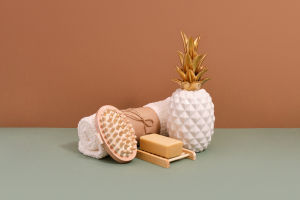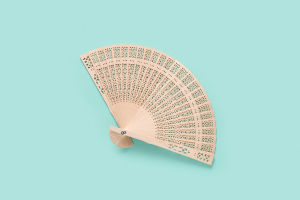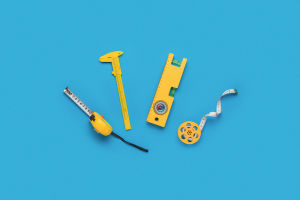Ice skates are essential equipment for a variety of winter sports and recreational activities. They have a rich history, evolving from rudimentary skates to the modern, high-performance designs used today.
Whether used for figure skating, ice hockey, speed skating, or leisurely gliding across a frozen pond, ice skates are synonymous with wintertime fun and competition.
Modern ice skates consist of three main components: the boot, the blade, and the mounting hardware. The boot is designed to provide support and comfort.
In figure skating, boots are typically stiff and made of leather or synthetic materials to support jumps and spins. Ice hockey skates, on the other hand, feature reinforced boots that protect the feet from pucks and collisions. For speed skating, the boots are low-cut, allowing for greater ankle flexibility.
The blade is the defining feature of ice skates. It allows skaters to glide smoothly across the ice while maintaining control.
Figure skate blades are longer and have a slight curve, with a serrated edge known as the "toe pick" at the front, used for jumps and spins. Hockey skate blades are shorter and more curved for quick turns and agility.
Speed skate blades are long, straight, and thin to allow for maximum glide and minimal friction.
Ice skates are crucial for several winter sports, each with its own style and purpose.
Figure Skating is a graceful sport where athletes perform choreographed routines to music, incorporating jumps, spins, and intricate footwork. The design of figure skates, with toe picks and a supportive boot, helps skaters execute these movements with precision.
Hockey skates are designed for rapid changes in direction, quick stops, and resilience to impacts, making them essential for competitive play.
Speed Skating focuses on racing across an ice track as quickly as possible. Speed skates have long, flat blades that allow for maximum glide with minimal effort. This design helps skaters maintain momentum and achieve high speeds over long distances.
Recreational Skating is popular among people of all ages who enjoy skating on frozen ponds, lakes, or indoor rinks. Recreational skates are designed for comfort and ease of use, making them ideal for casual enjoyment.
Selecting the right ice skates and ensuring a proper fit is crucial for safety and performance. For athletes, custom-fitted skates can provide a competitive edge by offering the right balance of support and flexibility.
Regular maintenance of ice skates is essential to keep them in good condition. The blades should be kept sharp to ensure smooth gliding and precise control. Dull blades can lead to slips and falls.
After skating, it's important to dry the blades thoroughly to prevent rust. Using blade guards when walking off the ice helps protect the edges.
Ice skating is not only a competitive sport but also a cherished winter tradition enjoyed by millions worldwide. Whether at an outdoor rink surrounded by snow or an indoor facility, the experience of gliding on ice brings joy and a sense of freedom.
Ice skates connect people to the beauty of winter and the thrill of motion, making them an essential part of winter sports culture.
Ice skates are versatile winter sports equipment that enable a wide range of activities, from figure skating and hockey to speed skating and casual fun.
Their design, purpose, and maintenance all contribute to a safe and enjoyable experience on the ice, making them a timeless symbol of winter sports and recreation.


